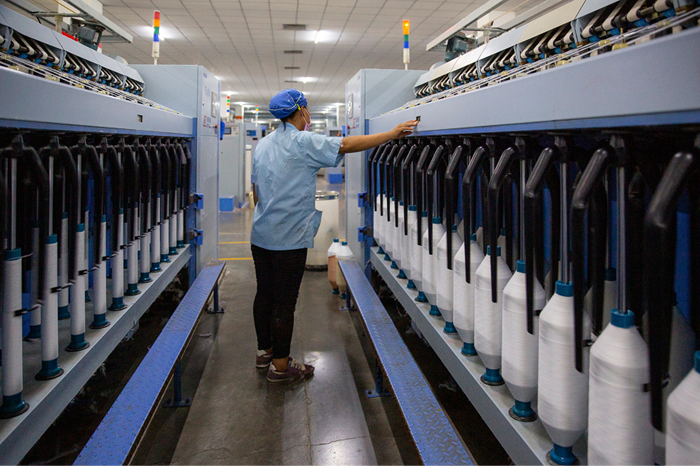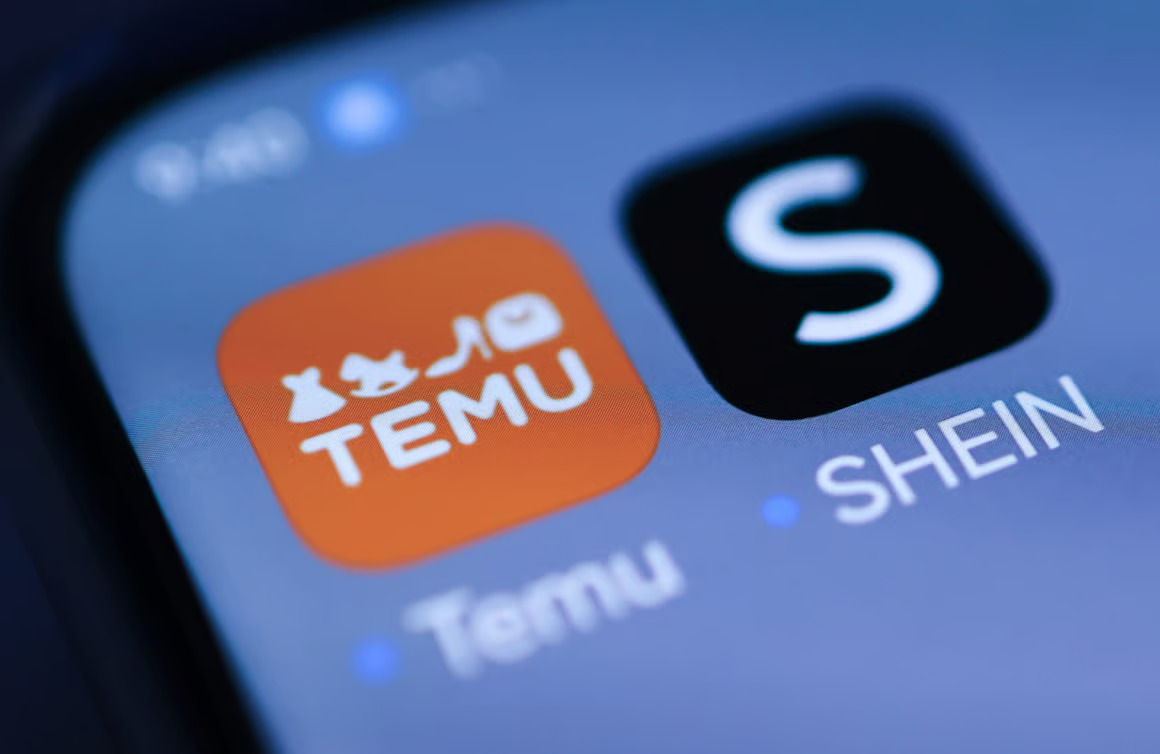A study released recently by the Clean Clothes Campaign, in collaboration with several labour groups, the single largest buyer of garments from Bangladesh, H&M is still behind schedule in improving the factories it sources from. H&M’s ‘Platinum’ and ‘Gold’ suppliers, the only ones looked into by the report, apparently have the highest standards in labour and environmental protections and comprise of 56 out of the 229 factories that H&M uses in Bangladesh.
The Rana Plaza tragedy in 2013 prompted over 200 clothing brands from around the world to sign a binding commitment to create a Bangladeshi garment industry ‘in which no worker needs to fear fires, building collapses, or other accidents that could be prevented with reasonable health and safety measures.’
A coalition of European organisations advocates garment workers’ rights, a part of which is the Clean Clothes Campaign. It collaborated with the International Labour Rights Forum, Maquila Solidarity Network, and Worker Rights Consortium, with research assistance from Fordham University’s School of Law for this report. A spokesperson for the campaign, H&M was the focus of the report as it was the largest buyer from Bangladesh, and thus had significant leverage in the country.
In a press release issued by H&M, it said that every factory H&M sources from meets the Accord’s minimum requirements for operation. Factories in which H&M was the lead brand, almost 60 per cent of the remediation work was complete with good progress in sight, the release added. The company spokesperson, in a statement said that technical and structural issues in factories that ‘require more time and access to technology not available in Bangladesh was the reason for the delay, apart from a huge workload for the inspection experts.
www.hm.com












